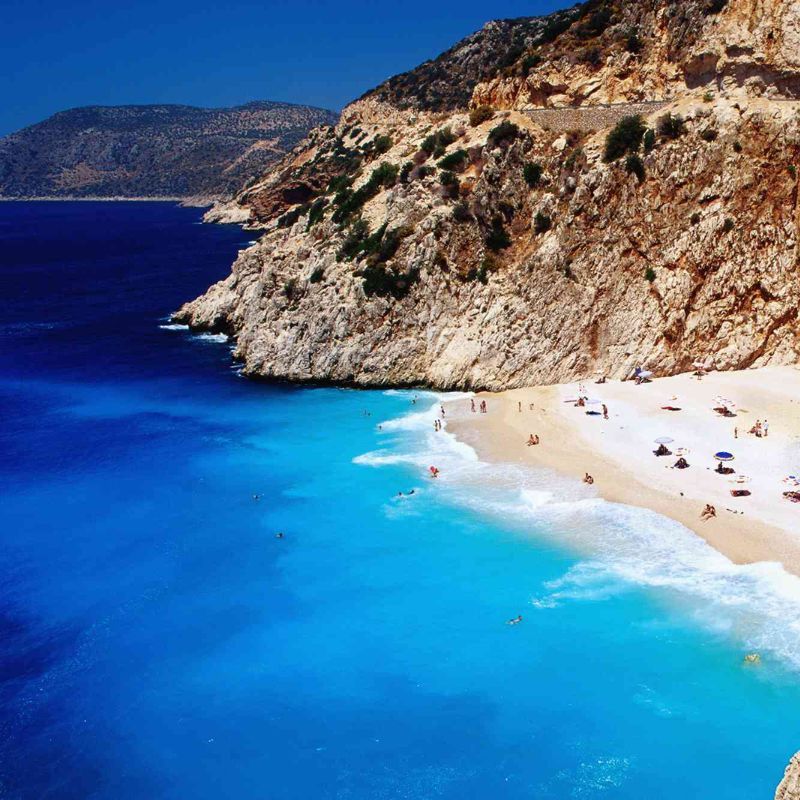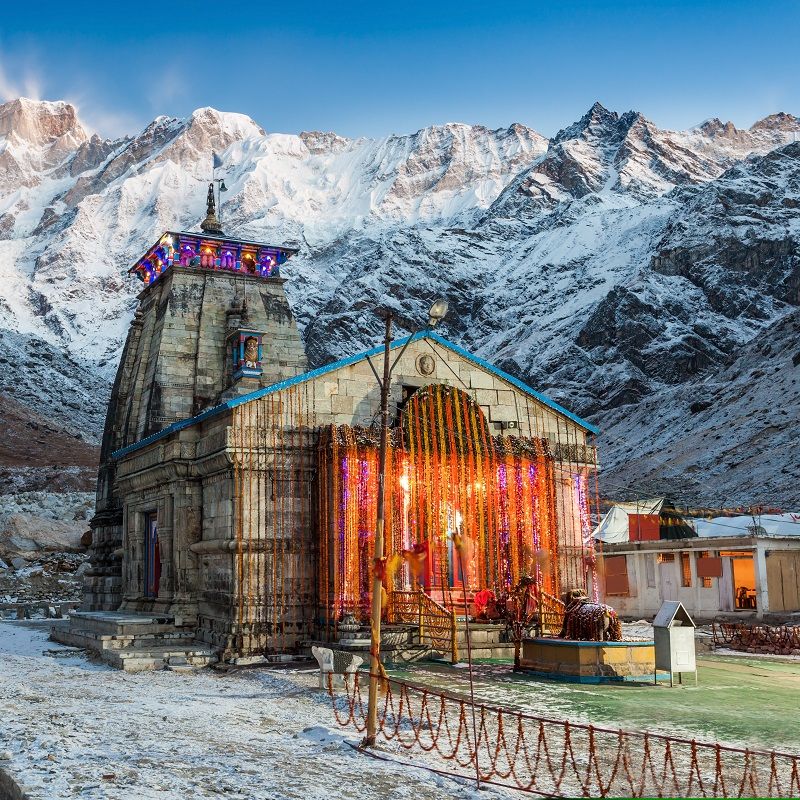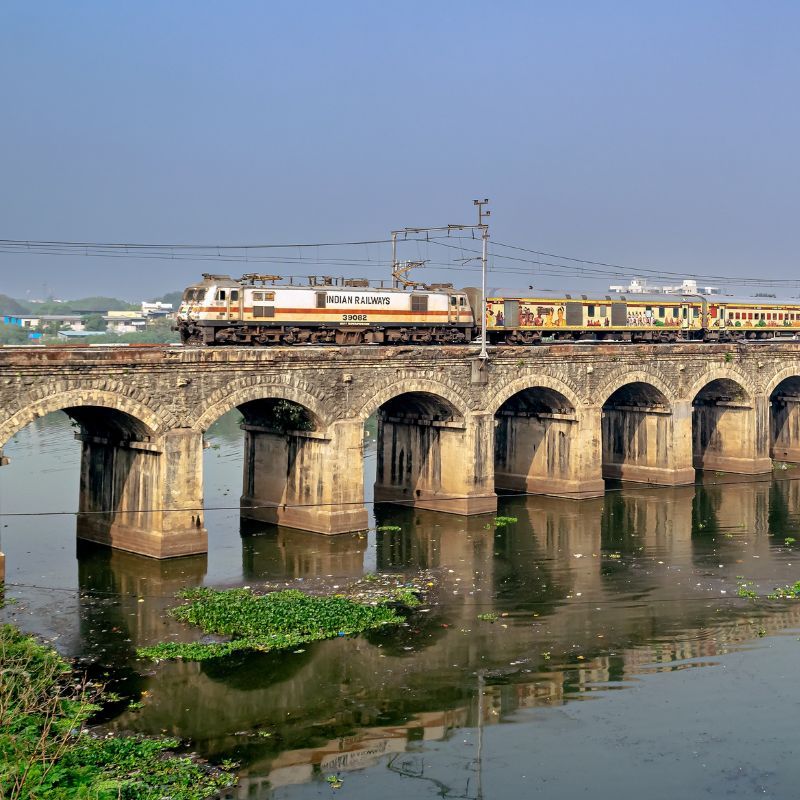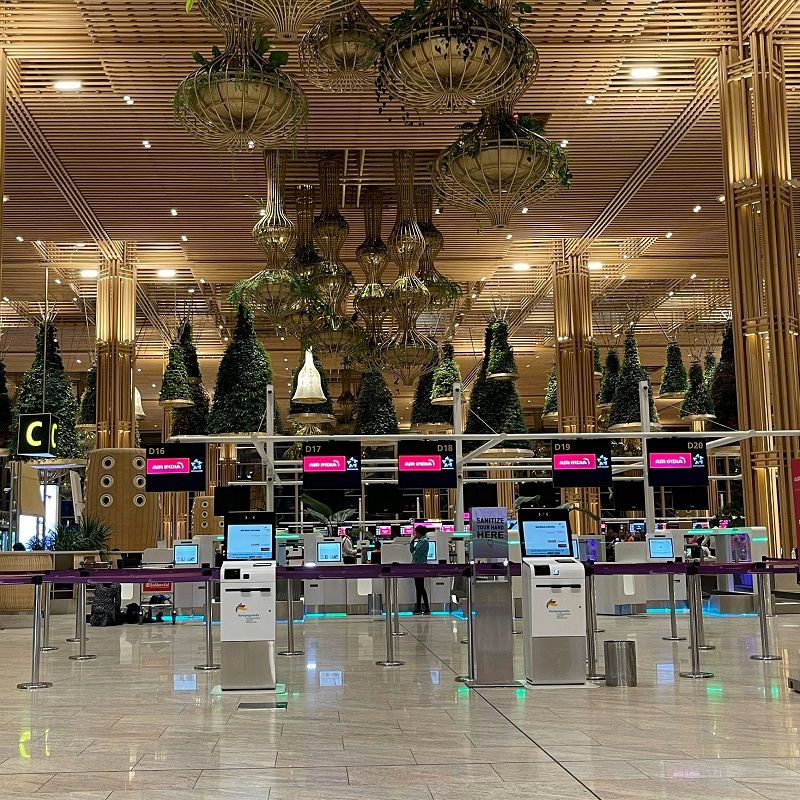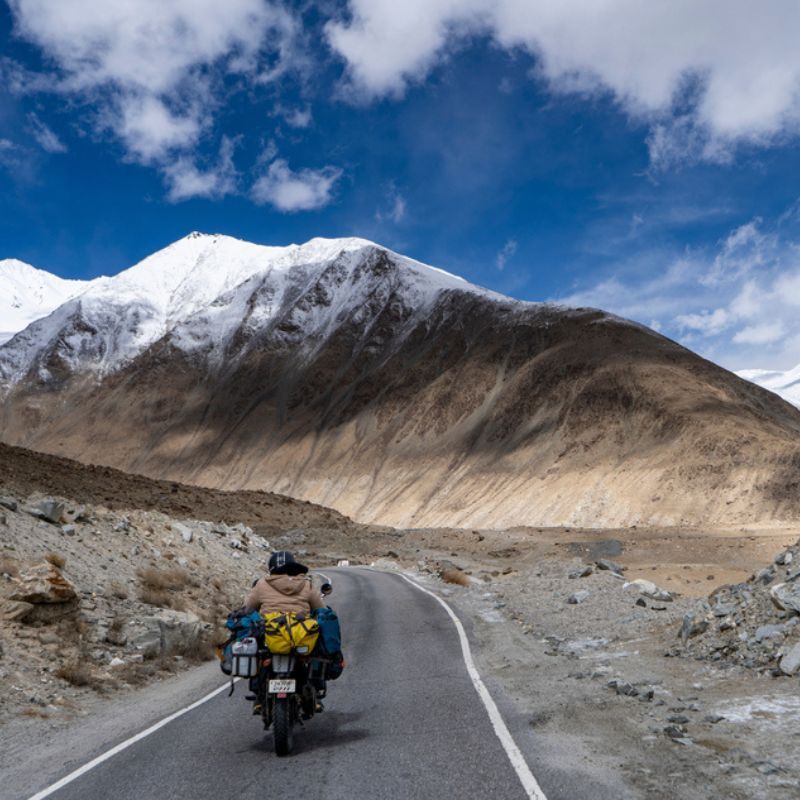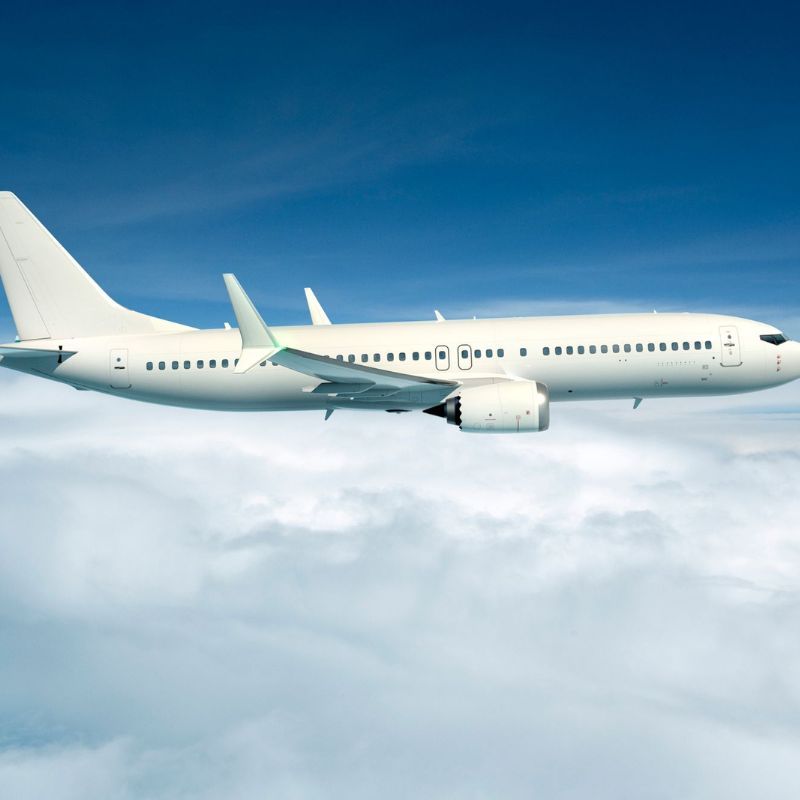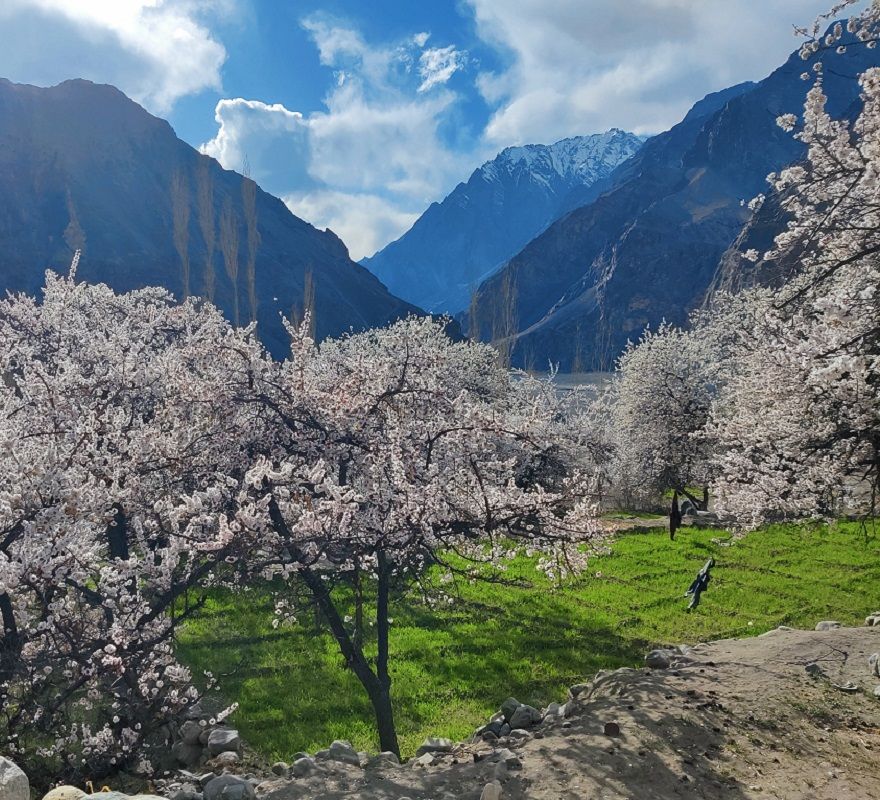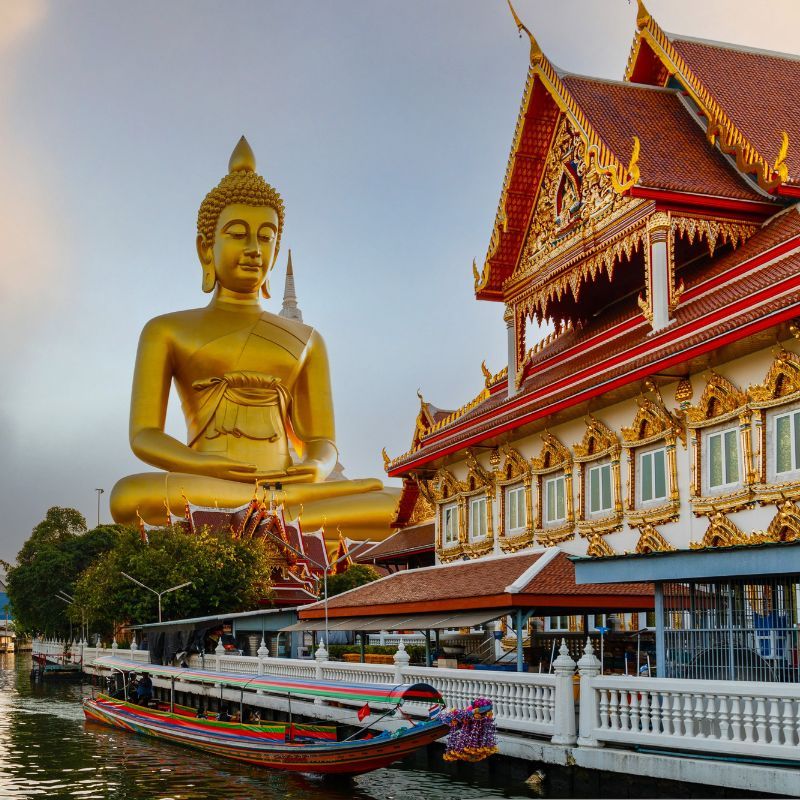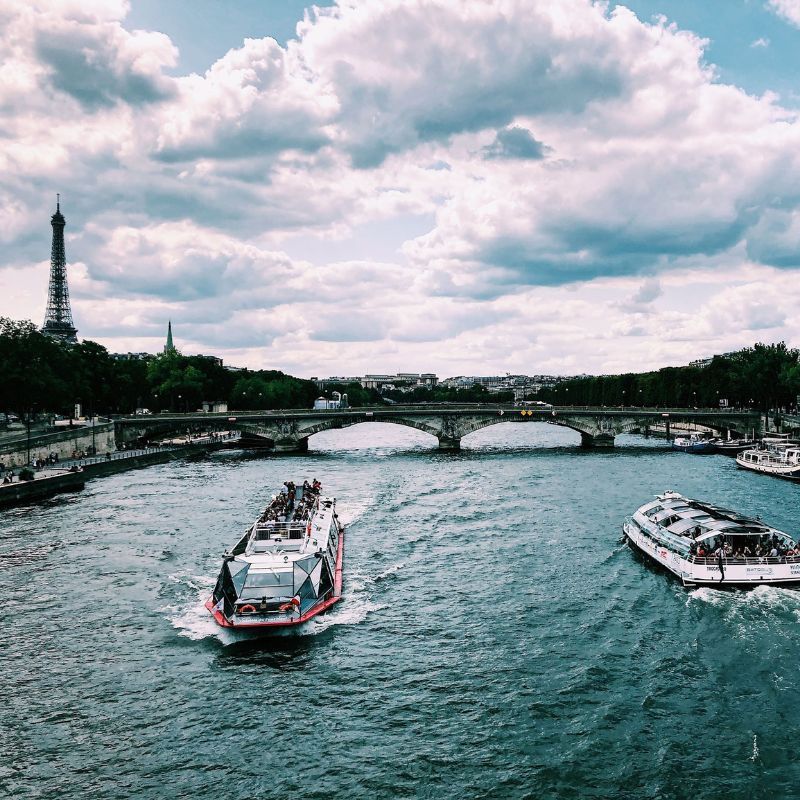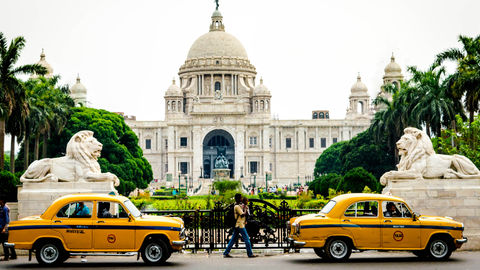
On the eastern bank of River Hooghly in West Bengal sits the mega city of Kolkata—home to roughly 15 million people, including diverse communities such as Chinese, Jewish, and Armenian, besides the indigenous Bengalis. Kolkata came into existence in the late 17th century when the British East India Company arrived at its shores, established a trading post, and christened the area as Calcutta. Until then, there stood only three villages, ruled by the Nawabs of Bengal under Mughal suzerainty. Calcutta became the capital of British India in 1772, and remained so until 1911. The city prospered, and numerous palaces and mansions were built by the British as well as Bengali aristocrats, lending it the epithet of ‘City of Palaces’. The Bengal Renaissance further established Calcutta as the cultural capital of India, where art, film, theatre, drama, and literature flourished alongside modern liberal thinking. Officially renamed as Kolkata in 2001, the city is shaped by its history and heritage, vibrant mix of cultures, lip-smacking food, and bustling markets. By Satarupa Paul

LOCAL BUZZ
In Kolkata, one is never far from a historical building, a grand mansion, or a revered temple.
Colonial Connection
The 18th-century Fort William, built over 70 hectares on the eastern bank of River Hooghly, houses the headquarters of the Indian, Army’s Eastern Command. Located between two of its gates is Prinsep Ghat, the oldest recreational spot in Kolkata, featuring the Palladian porch. Across a vast lake from Fort William, in the area known as BBD Bagh, stand prominent English buildings. The ornate red-brick Graeco-Roman Writers’ Building was the first three-storeyed structure in Kolkata. It was meant as a dwelling for junior officers, aka ‘writers’ of the company. The Calcutta High Court was set up in 1862 in a magnificent neo-Gothic building. Built in Doric style and intended for social gatherings, the 6 Town Hall dates back to 1813.

Palaces & Mansions
Historic North Kolkata boasts numerous mansions and rajbaris, built by influential locals. The Marble Palace is a 19th-century mansion built by Raja Rajendra Mullick, a wealthy Bengali merchant. The neoclassical structure houses a vast collection of paintings, sculptures, and antique furniture. The grand Jorasanko Thakur Bari is the ancestral home-turned-museum of India’s most renowned literary figure and the first non-European Nobel laureate, Rabindranath Tagore. Built in 1803, Raj Bhavan was once the official residence nof the Viceroy of India, and now that of the Governor of West Bengal.

Cultural Fusion
Kolkata is the only city in India to have a Chinatown. The Old Chinatown in Tiretti Bazaar is where Chinese migrants settled in the late 18th century. It’s a fascinating place to visit to gorge on delicious Chinese food. Located in the chaotic Burrabazar, the Armenian Holy Church of Nazareth is the oldest church in Kolkata—and the city’s link to the Armenian community. Kolkata’s Jewish connection can be explored through its five synagogues, of which Maghen David Synagogue is a prominent one. Another must-visit spot is the 300-year-old potters’ quarter of Kumartuli, where 150 families make a living by sculpting idols of Goddess Durga.

Spiritual Quest
Constructed in the Navaratna-style of Bengali architecture in 1855, the charming Dakhineswar Temple by the Hooghly is dedicated to the Goddess Kali. Across the river in Howrah, stands the historic Belur Math, headquarters of the Ramakrishna Mission founded by Swami Vivekananda. The final resting place of Sri Ramakrishna, it attracts peace seekers from all over the world, irrespective of religion. One of the 51 Shakti Peethas, the mystical Kalighat Temple is located on the banks of a small stream called Adi Ganga, believed to be the original course of the Hooghly. Dedicated to Kali, the fearsome patron goddess of Kolkata, it’s presumed to have lent the city its name. Known for its Gothic architectural style, the pristine-white St Paul’s Cathedral is the largest here, and was built in 1847 to tend to the city’s growing community of Anglicans. St John’s Church is a heritage spot known for housing the mausoleum of Job Charnock, the founder of Calcutta. A place of silence and meditation, the Mother House of the Missionaries of Chairty is dedicated to humanitarian Nobel laureate Mother Teresa, and houses her tomb and a museum showcasing her simple spiritual lifestyle.

World-Famous Landmarks
Perhaps the most recognisable symbol of the city, the architectural marvel of Howrah Bridge (officially, Rabindra Setu), connects Kolkata with its twin city Howrah on the other side of the River Hooghly. One of the longest cantilever bridges on the planet, it’s also the world’s busiest, with over 1,00,000 vehicles and more than 1,50,000 pedestrians crossing it daily. Rivalling it in fame, is the magnificent Victoria Memorial, located on the grounds of the Maidan, the largest urban park in Kolkata. The brainchild of Viceroy George Curzon, it was built between 1906 and 1921 to commemorate Queen Victoria. Today, it houses a museum with 25 galleries displaying over 28,000 artefacts and 3,900 paintings, along with lush gardens covering an area of 64 acres. The largest museum in the country, the Indian Museum built in 1814, is also the ninth oldest in the world. Comprising six sections of 35 galleries, it displays cultural and scientific artefacts of Indian art, archaeology, anthropology, and geology.
WINE & DINE
A mix of cultural influences lends a delightful diversity to Kolkata’s culinary scene, making it a foodie’s paradise.
Iconic Treats
The epicentre of all things fabulous, Park Street is a gastronomic hub. Begin your day here with breakfast at Flury’s. This charming cafe has been drawing crowds since 1927, with its chicken patties, rum balls, cream cakes, and sandwiches. Next door is the 45-year-old Peter Cat, famous for its Chelo kebab—buttered rice with kebabs, topped with fried egg. A two-minute walk away is what was once the first ever nightclub in India—Mocambo. Favourites here include chateaubriand steaks, Chicken A La Kiev, and Baked Alaska. A quick taxi ride away is the old-world Indian Coffee House, where intellectuals engage in discussions, over cups of coffee.

Local Delights
Head to Arsalan for the famous Kolkata biryani, topped with potatoes and boiled eggs. Another Kolkata speciality is the kathi roll; savour it at its birthplace, Nizam’s, dating back to 1937. Dacres Lane, Gariahat and Vivekananda Park are the best spots to try Kolkata’s street food.
Fine Dining
Oh! Calcutta offers a wide spread of Bengali home-style preparations. Located in a three-storey bungalow, 6 Ballygunge Place does a range of Bengali vegetarian dishes and fish preparations. Another fine dining venue located in South Kolkata is Bombay Brasserie, which serves north Indian food. The petite dining room at Corner Courtyard serves European and Mexican fare.

After Hours
With legendary nightclubs such as Trincas, Moulin Rouge, Mocambo etc, Kolkata had a buzzing nightlife scene at a time when the concept was alien to the rest of India. Of the few original venues that remain, Someplace Else still retains its retro charm and reigns as a rock haven with a full calendar of live gigs. Among the newer entrants, Perfect Place In Town (PPT) boasts a massive dance floor, with great views of the city from its rooftop setting. One of the best lounges in town, UG Reincarnated, has a 40-feet-long bar, private lounge area, laser screen curtains, and great music. If you wish to dance the night away, then the trio of nightclubs—Roxy, The Myx, and the award-winning Club Boudoir—off er a great combination of rocking ambience, pumping music, delicious food and drinks, and a fun crowd.
RETAIL THERAPY
The modern malls of Kolkata are no match for the busy traditional markets that are a shopper’s delight.

Bookworm’s Paradise
The 1.5 kilometre-long College Street is a bibliophile’s sweetest dream come true, with numerous lanes dotted with bookstores. The street also has the world’s largest second-hand book market. You can find rare books here at throwaway prices—from paperbacks in Indian languages, obscure prints of books from Europe and Russia, to even first editions of unpublished works!
Fantastic Buys
Born as a shopping arcade in 1874 to cater to the needs of the British, the Victorian-Gothic New Market still enjoys patronage from Kolkatans. The gigantic market has 27 entrances and houses over 4,000 stalls selling everything from clothes, footwear, cosmetics, toiletries, toys, to dry fruits, at fabulous prices. Gariahat in South Kolkata is loaded with such diverse objects as well, while famous saree stores here, such as Adi Dhakeshwari Bastralaya, Sriniketan, Kanishka and others, offer Bengal cotton weaves. Burrabazar is a wholesale market—with stalls for textiles, spices, electronics, and religious paraphernalia. Overlooking the Howrah Bridge, the Howrah Phool Bazaar is a wholesale flower market with gorgeous selections of roses, lillies, gladiolas, orchids, and more.

Boutique Offerings
Near The Oberoi Grand Hotel is the renowned Chowringhee Road, offering a huge collection of terracotta artefacts—a speciality of Bengal. For a classy ethnic look, Byloom offers an eclectic selection of blouses, kurtas, stoles, bags, and funky jewellery. One of the first fair trade shops in India, Sasha has a delightful range of bags, cushion covers, papier mache items, scarves, and jewellery.
Related: Repurposed Colonial Buildings Of Kolkata Ringing In A New Era In The City Of…


